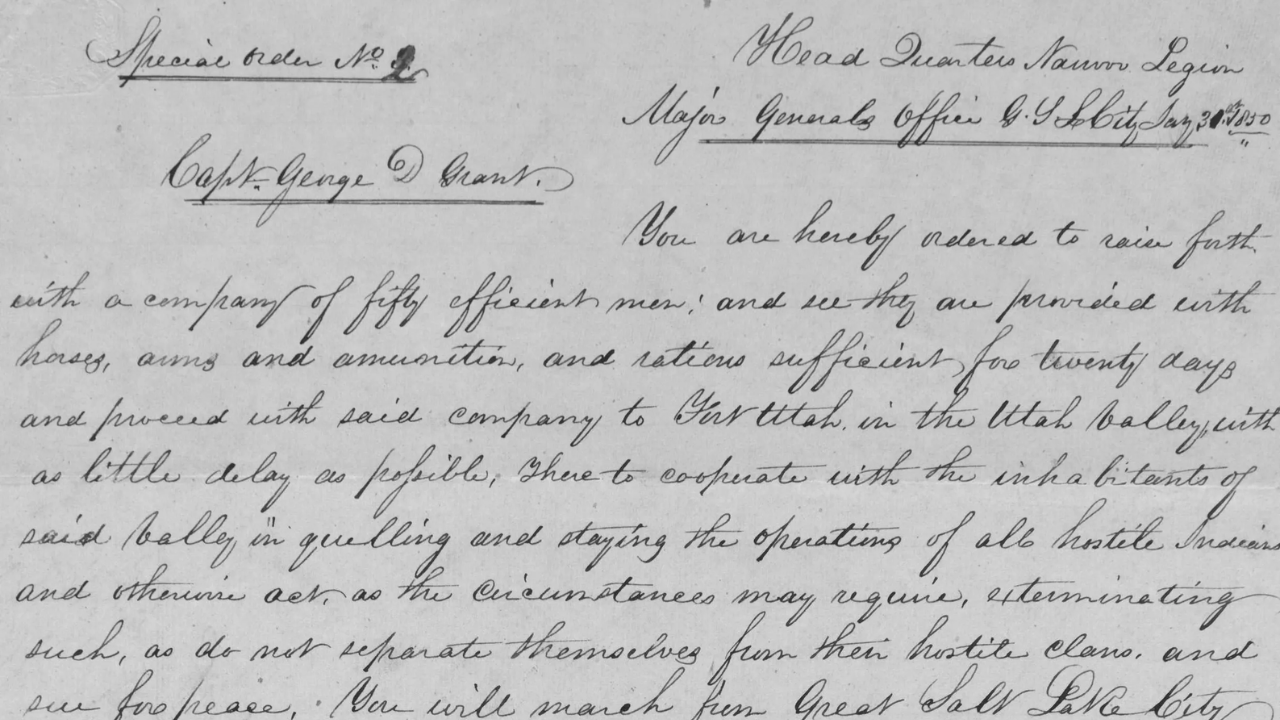Race Day Live One of the deadliest massacres of Indigenous people in Utah happened 175 years ago. This was the Fort Utah Massacre, ordered by Brigham Young, the leader of Mormon settlers.
In 1849 or early 1850, white pioneers in Utah Valley accused a Timpanogos man of stealing a shirt.
They killed him, cut open his stomach, and filled it with rocks to sink his body in the Provo River. Later, settlers complained that the Timpanogos were taking their crops and cattle—possibly in revenge for the killing.
At first, Young hesitated to approve an attack on the Timpanogos, saying it was too harsh for theft.
But settlers kept pushing, and on January 31, 1850, he gave the order: the militia was to clear the Utah Valley of all Indigenous people. His general wrote that Young said there would be no peace until all Indigenous men were dead.
The bloodshed lasted for weeks. On February 14, 1850, the militia tricked a group of Timpanogo men into surrendering, promising them safety.
Read More:
- Michigan Man Sentenced to 327 Months in Federal Prison for Major Drug Crimes!
- 15 Felony Arrests in One Week: League City Police Ramp Up Crime Prevention
But after they gave up, the settlers executed them. Women and children were taken as servants in white families. A U.S. official later warned Washington, D.C., that slavery was happening in Utah.
A government doctor traveling with the army cut off the heads of the dead Timpanogos and sent their skulls to Washington for medical research.
But before that, the heads were displayed at Fort Utah, terrifying the settlers. A woman who was eight years old at the time later wrote about the “horrible and frightening scene.” Another teenager estimated that 40-50 heads were brought to the fort.
Young later claimed he had not known the conflict started over a stolen shirt. He called the original killing of the Timpanogos man a murder.
Some records said 40 Indigenous people were killed, but historian Jared Farmer believes this number was intentionally low. A teenage witness said the real number was over 100. Only one white militia member died.
Today, the Fort Utah Massacre remains a dark chapter in Utah’s history, showing the violent treatment of Indigenous people during the early days of settlement.
Disclaimer- Our team has thoroughly fact-checked this article to ensure its accuracy and maintain its credibility. We are committed to providing honest and reliable content for our readers.

